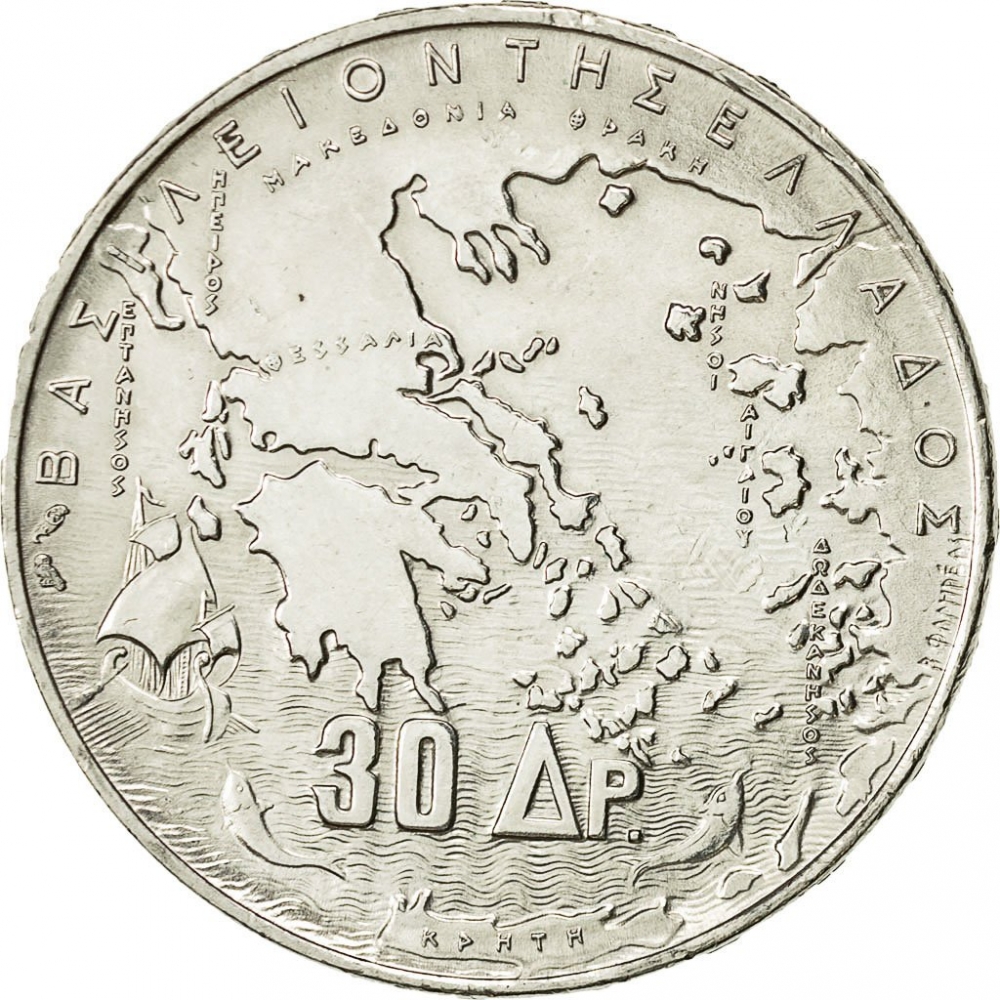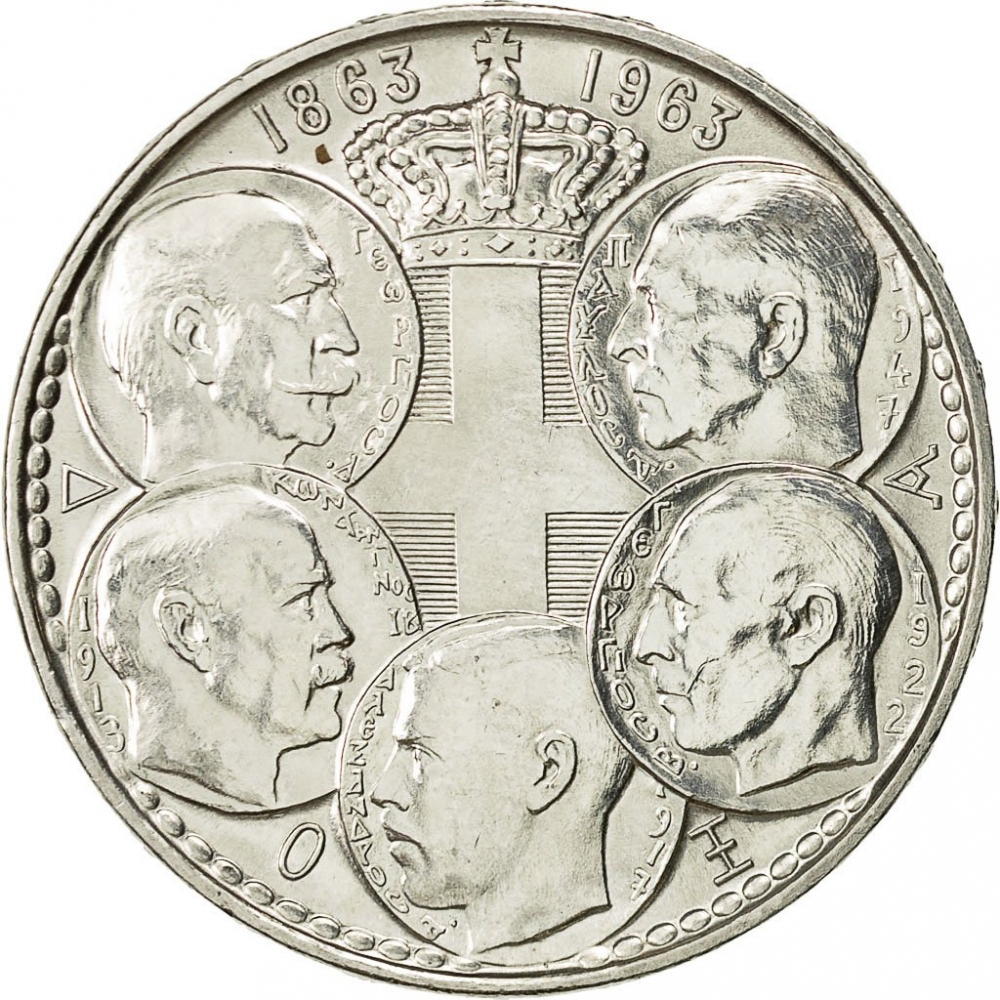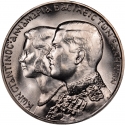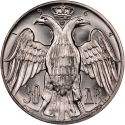You are about to finish your registration. Please check your mailbox (including spam folder). There should be a letter with a confirmation link. Check setting to make sure that your e-mail address is correct.
Send letter againDescription
In October 1862, King Otto was deposed in a popular revolt, but while the Greek people rejected Otto, they did not seem averse to the concept of monarchy per se. Many Greeks, seeking closer ties to the pre-eminent world power, the United Kingdom, rallied around the idea that Prince Alfred, the second son of Queen Victoria and Prince Albert, could become the next King. British Foreign Secretary Lord Palmerston believed that the Greeks were "panting for increase in territory", hoping that the election of Alfred as King would also result in the incorporation of the Ionian Islands, which were then a British protectorate, into an enlarged Greek state.
The London Conference of 1832, however, had prohibited any of the Great Powers' ruling families from accepting the crown of Greece, and in any event, Queen Victoria was adamantly opposed to the idea. Nevertheless, the Greeks insisted on holding a referendum on the issue of the head of state in November 1862. It was the first referendum ever held in Greece.
Prince Alfred turned down the Kingship and Prince William of Denmark, son of Prince Christian of Denmark, was elected by the National Assembly to become King George I of the Hellenes.
Obverse

|
A map of Greece above value (∆P = ∆PaXMaÌ = Drachmai), the inscription "Kingdom of Greece" above. ΒΑΣΙΛΕΙΟΝ ΤΗΣ ΕΛΛΑΔΟΣ |
|---|---|
Reverse

|
Depicts a crowned Greek coat of arms behind five kings of the House of Glücksburg, clockwise from the top: Paul, George II, Alexander, Constantine I and George I. Dates on top, "Glory" in Grek between portraits. 1863 1963 |
| Edge |
The motto of the dynasty: People's love, my strength Ι Σ Χ Υ Σ Μ Ο Υ Η Α Γ Α Π Η Τ Ο Υ Λ Α Ο Υ |
30 Drachmai
100th Anniversary of the Glücksburg Dynasty
KM# 86
100th Anniversary of the Glücksburg Dynasty



